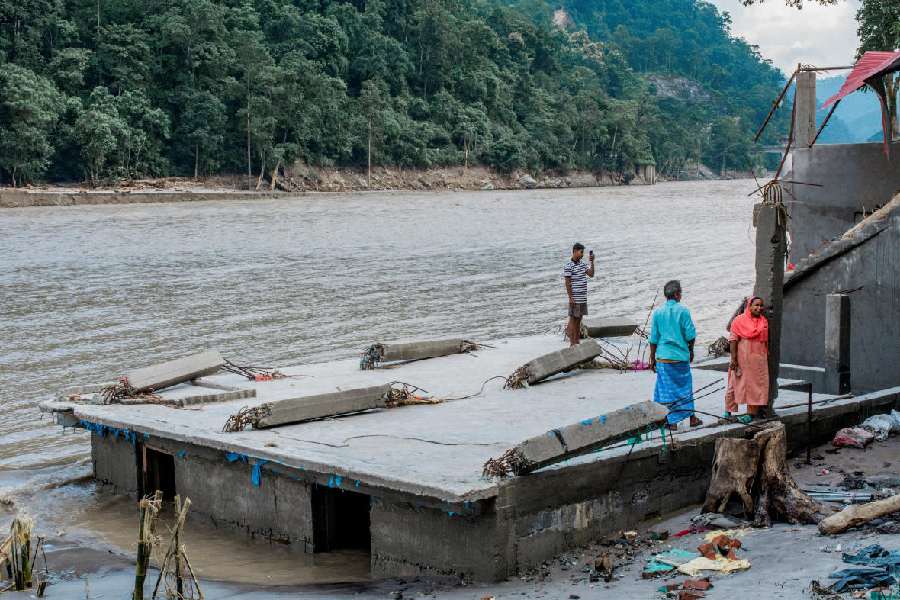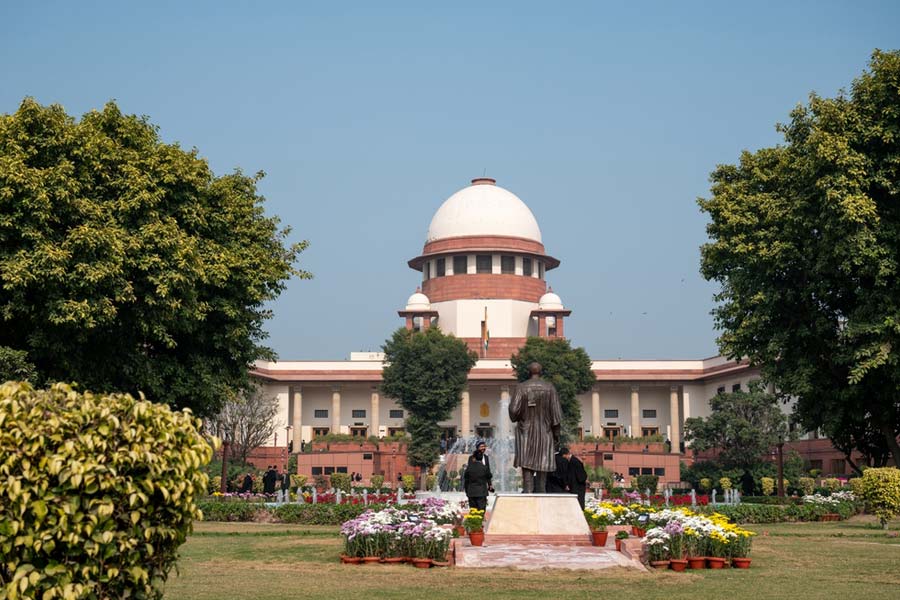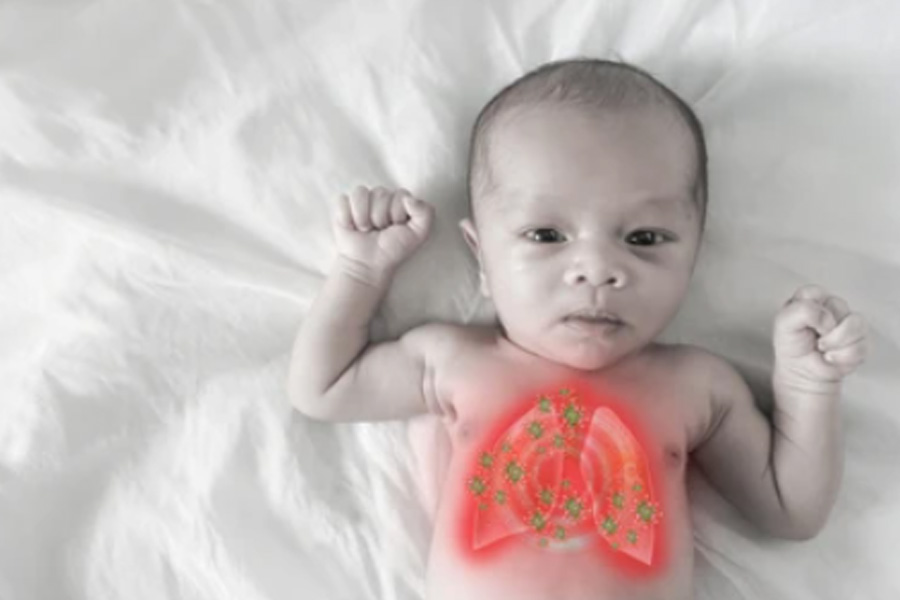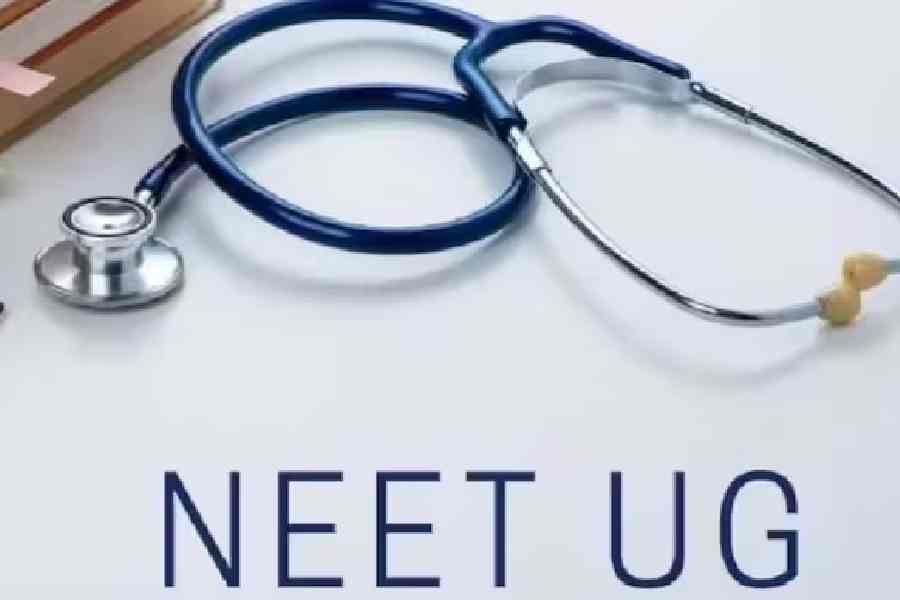The state irrigation department has taken up the task of installing around 30 rain gauge stations in rivers flowing in the foothills of the sub-Himalayan region for updated information on rainfall and water levels of rivers to minimise losses caused by flash floods.
The decision was made after the October 4 flash flood in the Teesta that affected Sikkim and parts of Kalimpong, killing at least 14 persons. In October 2022, a flash flood in the Mal river that skirts Malbazar town claimed eight lives.
“We already have rain gauges installed in several locations where the rainfall and water levels of rivers are being measured, both through automated and manual systems. But this time, we have planned to cover the rivers more extensively as a number of rivers which flow through districts like Darjeeling and Jalpaiguri flows down from Sikkim, the Darjeeling hills and from Bhutan. The idea is to develop a comprehensive mechanism so that we can pass an alert in advance in case there is a steady surge in water levels of rivers due to heavy rainfall or some other reason,” said Krishnendu Bhowmik, the chief engineer (northeast) of state irrigation department.
According to him, there is a plan to install rain gauges in around 30 locations in the foothills. “The work will be carried out in phases,” he said.
In the first phase, the rain gauges would be installed in Dudhia for river Balason, at Gulma for river Mahananda, at Mohorgong-Gulma for river Panchnoi and near NH31 in Nagrakata for river Diana.
“Also, rain gauges will be set at Karatowa, the Mahananda link canal where it meets the Teesta canal, and at the aqueduct of the Karala river, which flows through Jalpaiguri. During the recent flash flood, there was an impact of the barrages at Kalijhora and Gajoldoba,” said a source.
In north Bengal, close to
40 rivers flow down from the hills and from Bhutan, including the Jaldhaka and the Torsha.
“We get information from the central water commission about these rivers but the recent flash flood and last year’s flash flood in Mal river have put us on alert. Regular checks would be conducted to ensure that the rain gauges are functioning properly so that we can get updated data,” said an official of the department.











